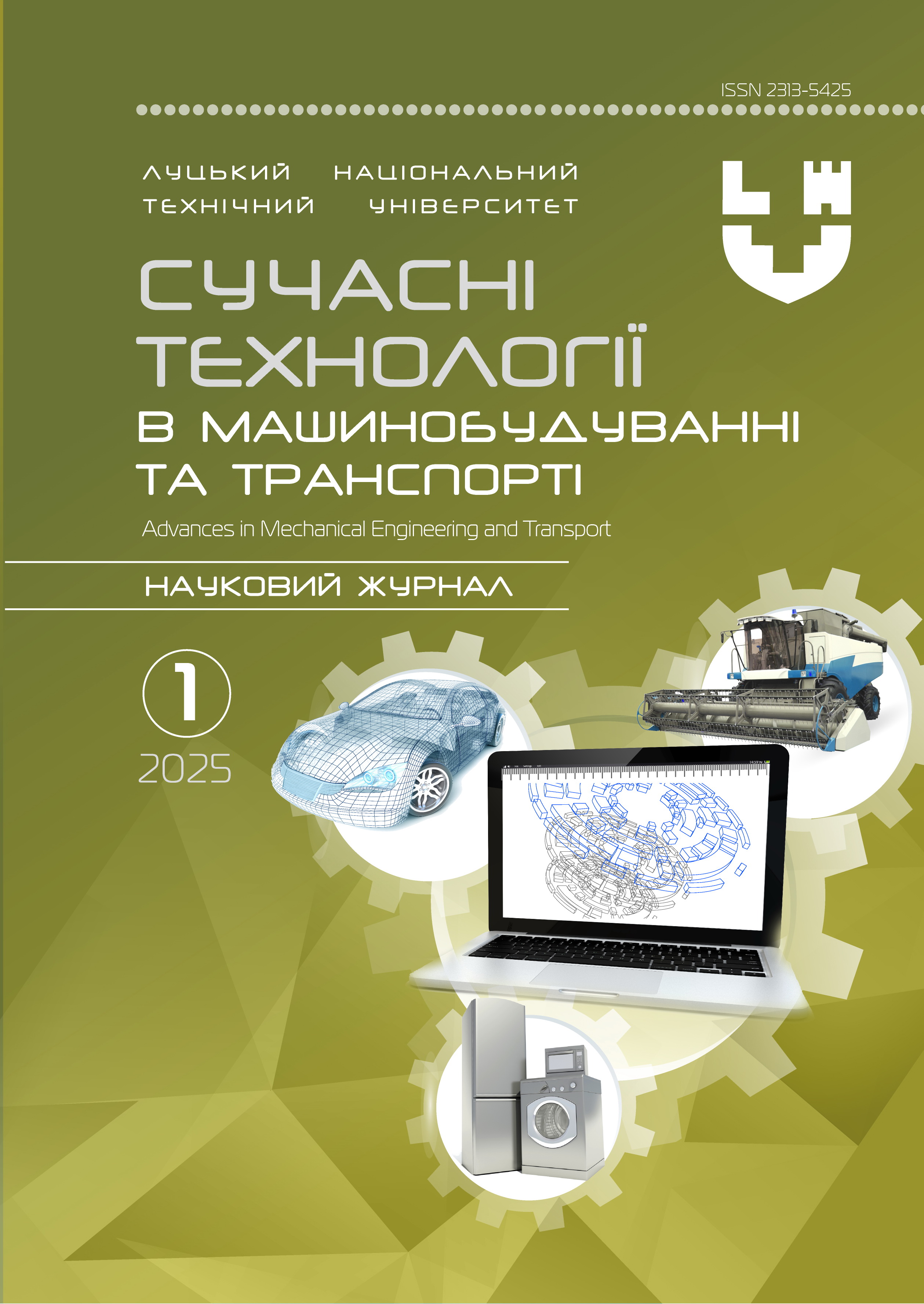Formation of the brake and differential drive scheme of the mono-block body of a three-axle bus
Abstract
The primary tasks that arise during the development of the braking system of a bus and other vehicles are to form the structure of the braking system. For three-axle buses with a monoblock body, the problem is to determine the optimal circuit scheme from all possible options in order to ensure stability, safety and braking efficiency in various operating conditions in compliance with the requirements of regulatory documents, in particular UNECE Regulations No. 13. The dynamics of redistribution of loads on the axles during braking plays a decisive role, which is accompanied by a change in the position of the center of mass and the trim of the bus body, which affects the braking efficiency, stability and controllability of the vehicle. An additional factor is the uneven distribution of loads on the bus axles, the middle axle is the driving one with dual tires with the highest load, and the front and rear axles – with single tires and almost half the loads. Regulatory requirements apply to both the nominal and curb weights of the bus, which differ significantly from the conditions of axle loads and the center of mass. The kinematics of the guide rods of the bus air suspension also have a significant impact on the dynamics of load redistribution.
The issue of approaching the coordinates of the center of the body trim (to the reduced center of mass of the body) from the conditions of the air suspension kinematics and the circuit diagram of the working brake system has been studied.
Keywords: bus, three-axle, brake system, body trim, pneumatic circuit, load redistribution, braking.




